Keeping exotic reptiles as pets has surged in popularity over recent years, bringing with it the critical responsibility of providing proper nutrition. Unlike traditional pets like cats and dogs that thrive on commercially prepared foods, reptiles have diverse and often complex dietary requirements that vary dramatically between species. The difference between a thriving reptile and one merely surviving often comes down to diet quality and appropriateness. This comprehensive guide will walk you through the nutritional needs of various exotic reptiles, from insectivores to herbivores and everything in between, helping you provide your scaly companion with the optimal diet for long-term health and wellbeing.
Understanding Basic Reptile Nutrition

Reptiles have evolved specialized digestive systems that reflect their natural diets in the wild. Unlike mammals, many reptiles cannot synthesize certain vitamins and amino acids, making proper dietary intake essential. Calcium-to-phosphorus ratios are particularly critical, with most reptiles requiring a ratio of approximately 2:1 for proper bone development and maintenance. Vitamin D3 is another crucial component, as it facilitates calcium absorption – without sufficient D3, even calcium-rich diets can lead to metabolic bone disease. Additionally, reptiles require specific protein levels, vitamins, minerals, and fatty acids that must be balanced according to their evolutionary adaptations. Understanding these basic nutritional principles forms the foundation for creating appropriate feeding regimens for any exotic reptile species.
Insectivores: Feeding Lizards and Other Bug-Eaters

Insectivorous reptiles include many popular pet species such as bearded dragons (juveniles), leopard geckos, and crested geckos. These animals require a diverse array of insects to meet their nutritional needs, with common feeders including crickets, dubia roaches, mealworms, superworms, and silkworms. The nutritional content of these insects varies significantly, with crickets offering moderate protein levels while silkworms provide higher calcium content. A practice called “gut-loading” is essential for insectivorous reptiles, which involves feeding nutritious foods to insects 24-48 hours before offering them to your reptile. Additionally, dusting insects with calcium and vitamin supplements before feeding is crucial to prevent nutritional deficiencies. Variety is key for insectivores, as relying on a single insect type can lead to imbalances even with supplementation.
Herbivores: Plant-Based Diets for Reptiles
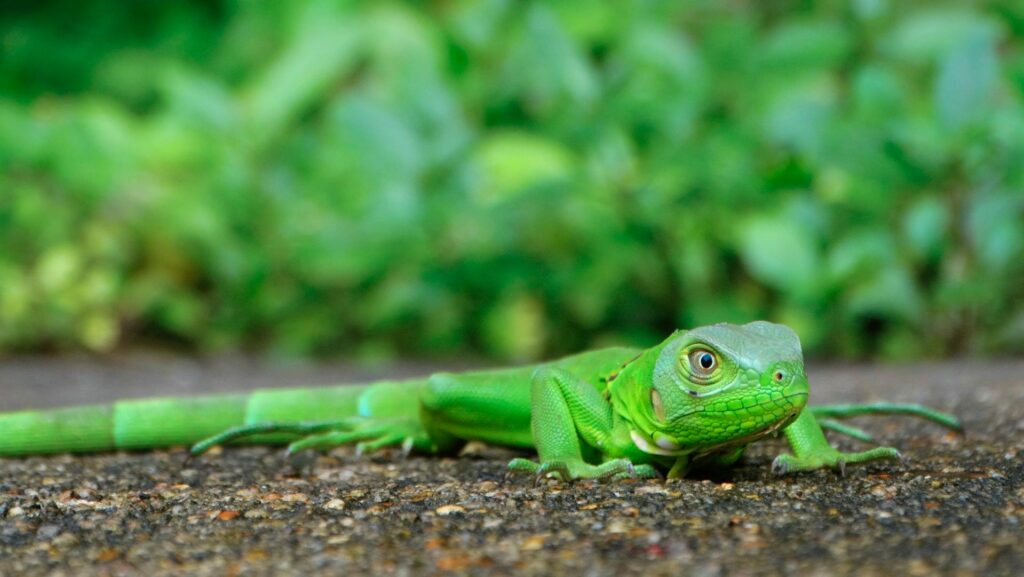
Herbivorous reptiles like adult green iguanas, certain tortoises, and uromastyx lizards require carefully constructed plant-based diets. Dark, leafy greens should form the foundation of these diets, with collard greens, mustard greens, dandelion greens, and turnip greens being excellent choices due to their high calcium and low phosphorus content. Colorful vegetables like bell peppers, squash, and carrots can provide essential vitamins and carotenoids that support immune function and vibrant coloration. Fruits should be offered sparingly to most herbivores, as the high sugar content can cause digestive issues and potentially lead to obesity. Many herbivorous reptiles benefit from commercially available reptile pellets that can help round out their nutritional needs, though these should never replace fresh produce. The cutting and chopping of plant matter also helps break down cell walls, making nutrients more accessible to reptiles with less efficient digestive systems.
Carnivores: Feeding Meat-Eating Reptiles

Carnivorous reptiles such as monitors, tegus, and certain snake species require diets consisting primarily of whole prey items. These items might include rodents (mice, rats), chicks, quail, and in some cases, appropriate seafood options. Whole prey provides not just muscle meat but also essential organs, bones, and other tissues that contain vital nutrients reptiles would obtain in the wild. For larger carnivorous reptiles, a varied diet is crucial – offering the same prey item repeatedly can lead to nutritional imbalances over time. When feeding frozen-thawed prey (the recommended approach for safety reasons), proper thawing is essential – items should be thawed in the refrigerator or warm water, never microwaved, which can create dangerous hot spots. Some carnivorous reptiles benefit from occasional supplementation with calcium, particularly growing juveniles or egg-laying females, though this is less necessary than with insectivores when whole prey is offered.
Omnivores: Balancing Diverse Nutritional Needs

Omnivorous reptiles like bearded dragons, blue-tongued skinks, and box turtles present unique challenges as they require balanced diets containing both animal and plant matter. For these species, the proper ratio between animal protein and plant matter shifts throughout their lifecycle, with juveniles typically requiring higher protein percentages for growth. Adult bearded dragons, for instance, thrive on diets consisting of approximately 80% plant matter and 20% insect protein, a dramatic shift from their juvenile requirements. Creating balanced meals for omnivores involves offering a foundation of appropriate leafy greens and vegetables, supplemented with insects or other protein sources. Commercial omnivore diets can be useful supplements but should never completely replace fresh foods. Seasonal adjustments may be necessary for some omnivorous species, mimicking the natural availability of different food sources they would encounter in the wild.
Specialized Feeders: Snakes and Their Unique Requirements
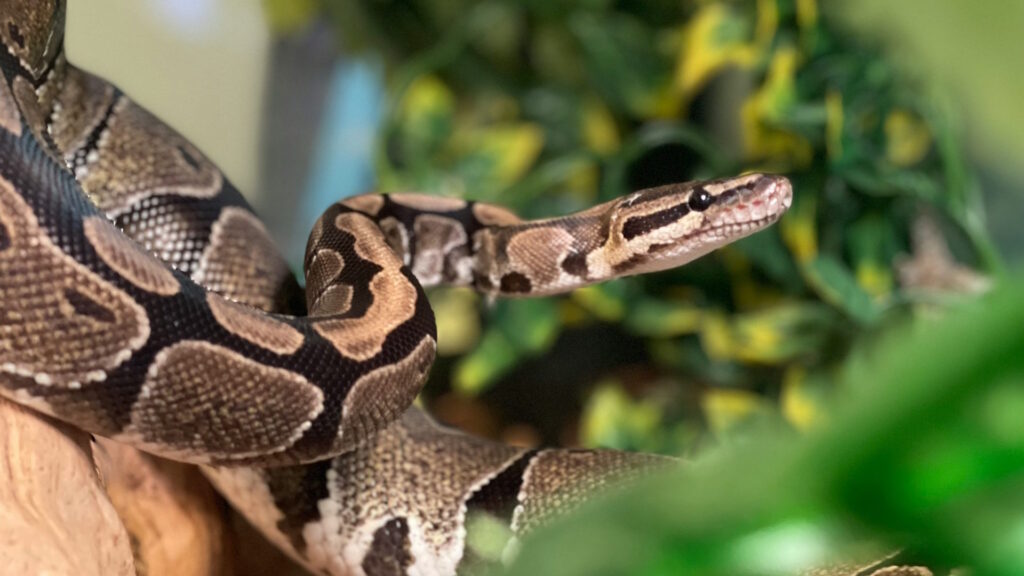
Snakes represent perhaps the most specialized feeding category among reptile pets, with most species requiring whole prey items exclusively. Different snake species have evolved to target specific prey types – from rodent specialists like ball pythons to egg-eating specialists and fish-eaters. Size-appropriate prey is critical for snakes; as a general rule, the prey item should create only a slight bulge in the snake’s midsection when consumed. Most captive snakes thrive on a diet of appropriately sized mice or rats, which should be offered pre-killed (either frozen-thawed or freshly humanely euthanized) rather than live to prevent injury to the snake. Feeding frequency varies dramatically by species and age, with growing juvenile snakes often eating weekly, while adult specimens of larger species might eat only monthly. Some specialized snake species like hognose snakes or garter snakes may require specific prey items like amphibians or fish, which presents additional nutritional challenges in captivity.
Supplementation Strategies for Optimal Health
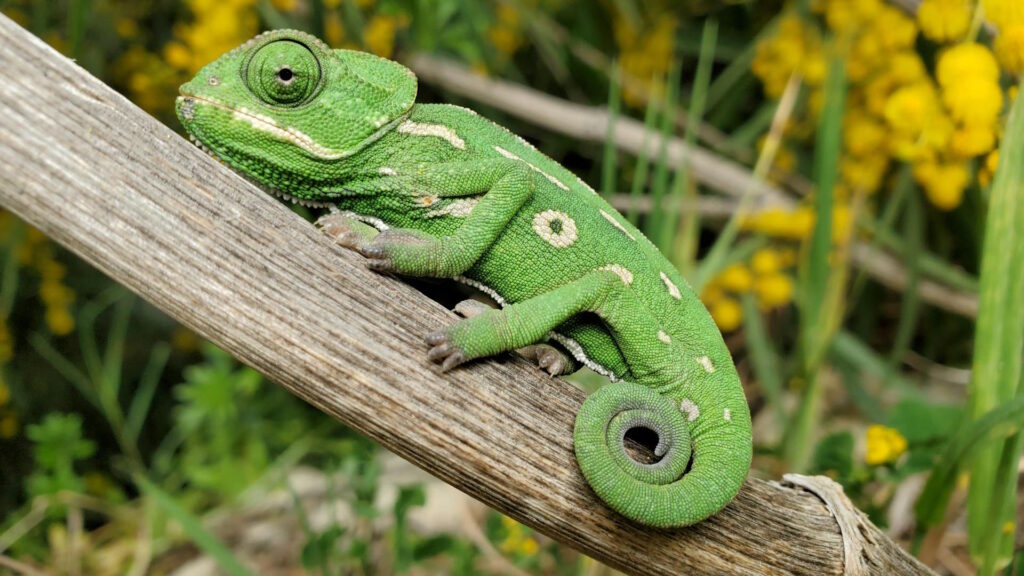
Even with carefully planned diets, most captive reptiles benefit from targeted supplementation to prevent common deficiencies. Calcium supplements are particularly important for egg-laying females, growing juveniles, and species prone to metabolic bone disease. Multivitamin supplements should be used more sparingly than calcium, typically offered once or twice weekly for most species to prevent overdosing fat-soluble vitamins. For reptiles housed indoors without access to unfiltered sunlight, vitamin D3 supplementation is critical as it enables proper calcium metabolism. Different supplement delivery methods work for different species – insectivores benefit from dusted prey items, while herbivores may need powdered supplements mixed with food or liquid supplements administered orally. Always research species-specific recommendations, as supplementation needs vary dramatically; what’s appropriate for a bearded dragon could be harmful to a crested gecko with different metabolic requirements.
Hydration: Water Requirements and Delivery Methods
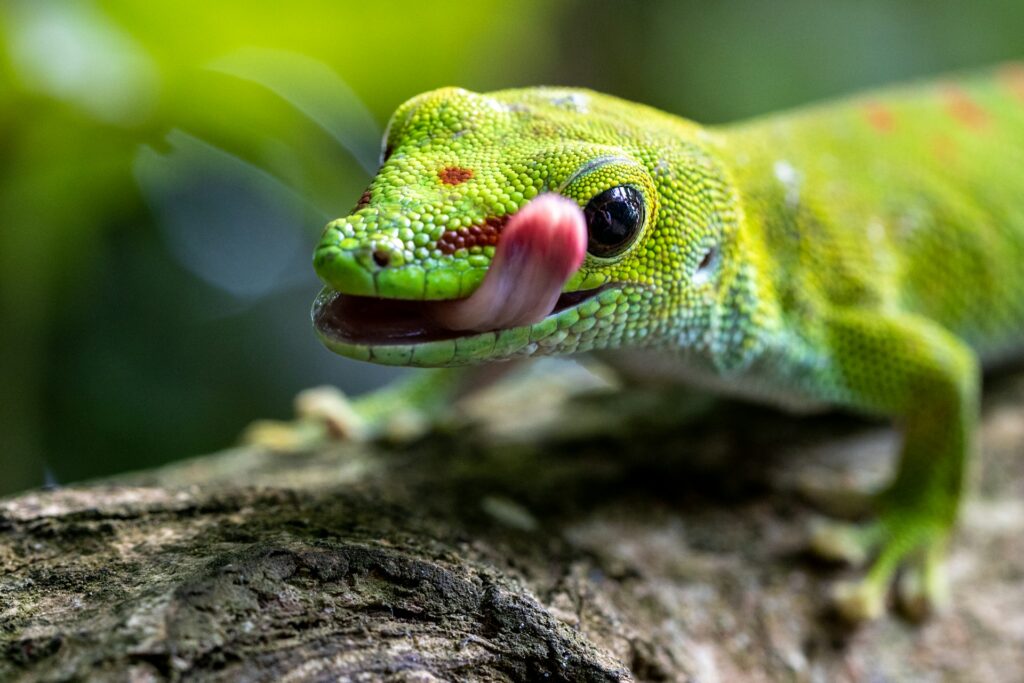
While focus often falls on solid nutrition, proper hydration is equally vital for reptile health, with requirements varying dramatically between species. Desert species like certain geckos may rarely drink from standing water, instead obtaining moisture from their food and occasional misting that they lick from surfaces. Tropical species typically require higher humidity levels and more regular access to fresh water. Some aquatic or semi-aquatic species like certain turtles may need deep water for swimming while also requiring a dry area for basking. Water quality is crucial; chlorinated tap water should be treated or allowed to sit for 24 hours before offering to reptiles. For reluctant drinkers, techniques like dripping water onto the snout, offering shallow water dishes, or misting enclosures can encourage hydration. Dehydration can occur quickly in reptiles and leads to serious health consequences, making proper hydration strategies essential components of any reptile husbandry plan.
Common Nutritional Disorders and Prevention

Nutritional deficiencies represent some of the most common and preventable health issues affecting captive reptiles. Metabolic bone disease (MBD), resulting from calcium deficiency and/or vitamin D3 deficiency, manifests as softened bones, deformed limbs, and in severe cases, death. Vitamin A deficiency frequently presents as swollen eyelids, respiratory infections, and poor skin shedding, particularly in aquatic turtles and some lizard species. Obesity has become increasingly common in captive reptiles, especially in species like leopard geckos and bearded dragons, resulting from overfeeding and insufficient exercise. Gout can develop in reptiles fed excessively high-protein diets, particularly in species naturally adapted to lower protein intake. The good news is that most nutritional disorders can be prevented through species-appropriate diets, proper supplementation, and regular veterinary check-ups that include assessments of body condition and overall health status.
Feeding Frequency and Portion Control

Establishing appropriate feeding schedules is essential for reptile health, with needs varying dramatically between species and life stages. Juvenile reptiles typically require more frequent feeding than adults, with some fast-growing species like young bearded dragons benefiting from multiple feedings daily. Adult reptiles of most species thrive on less frequent feeding schedules, with many adult lizards eating every other day or even less frequently. Snakes represent extreme examples of infrequent feeding, with some large adult pythons and boas eating only monthly. Portion control must be considered alongside frequency; obesity is increasingly common in captive reptiles and can lead to fatty liver disease, reproductive issues, and shortened lifespan. Visual body condition scoring systems exist for many reptile species, helping owners assess whether their pets are underweight, ideal weight, or overweight. Seasonal variations in appetite are normal for many species and should be accommodated rather than forced-feeding during natural periods of reduced intake.
Food Preparation and Hygiene Practices

Safe food handling practices are critical when preparing meals for reptile companions. Fresh produce for herbivorous and omnivorous species should be thoroughly washed to remove pesticide residues, with organic options preferred when available and affordable. Frozen prey items for carnivores must be thawed properly, typically in the refrigerator or sealed in a bag placed in warm (not hot) water, never microwaved which can create dangerous hot spots. Feeding vessels should be cleaned regularly with reptile-safe disinfectants to prevent bacterial growth that could lead to digestive upsets or more serious infections. Live feeder insects should be purchased from reputable sources to minimize the risk of parasites and pesticide exposure, with newly acquired feeders quarantined before offering them to your reptile. Food items should never be left in enclosures to decompose, as rotting food can quickly lead to bacterial blooms and potential infections, particularly in warm, humid reptile habitats.
Seasonal Dietary Adjustments
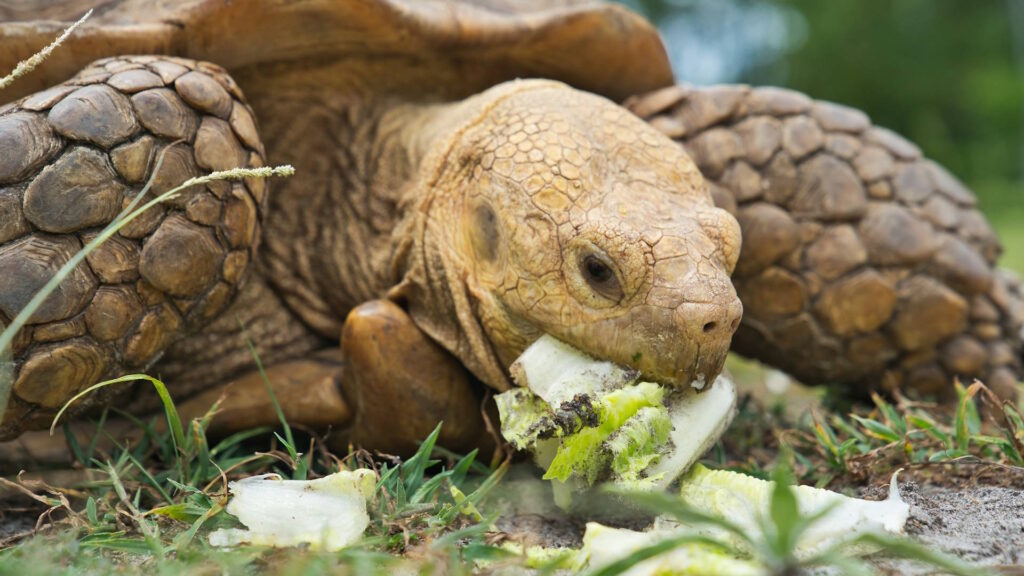
Many reptiles experience natural seasonal variations in their dietary needs and appetites, reflecting their evolutionary adaptations. Species from temperate regions often naturally reduce food intake during winter months, even in captivity with stable temperatures. Rather than force-feeding during these periods, owners should monitor weight and body condition while respecting these natural cycles. Breeding females typically require increased caloric intake and calcium supplementation during reproductive seasons to support egg development. Some species benefit from seasonal diet variations that mimic natural food availability – for instance, offering more fruits during summer months for certain omnivorous species. Understanding your specific reptile’s natural history, including its native range and seasonal patterns, can help inform appropriate dietary adjustments throughout the year. Gradual transitions between seasonal feeding protocols, rather than abrupt changes, help prevent digestive upsets and food refusal.
Commercial Diets vs. Whole Foods
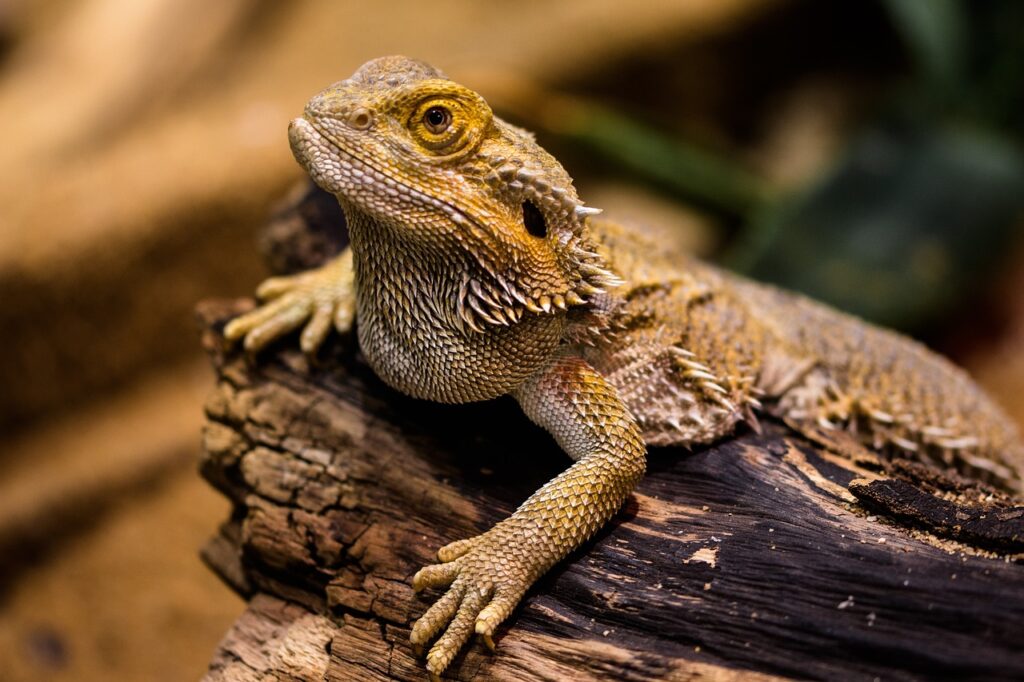
The reptile market offers an increasing array of commercial diet options, from pelleted foods to canned and freeze-dried products, raising questions about their place in feeding regimens. These products can offer convenience and help ensure nutritional completeness, particularly for owners struggling to source varied fresh foods. However, most reptile nutritionists recommend that commercial diets supplement rather than replace fresh foods entirely, as the bioavailability of nutrients in processed foods may differ from whole food sources. Species like aquatic turtles and bearded dragons often do well with commercial diets forming a percentage of their intake, while others like chameleons generally do better with primarily whole food diets. When selecting commercial options, ingredient quality matters significantly – look for products listing whole food ingredients rather than primarily fillers and by-products. The best approach typically involves a balanced combination, using commercial products to supplement a foundation of appropriate whole foods for your specific reptile species.
Species-Specific Diet Recommendations
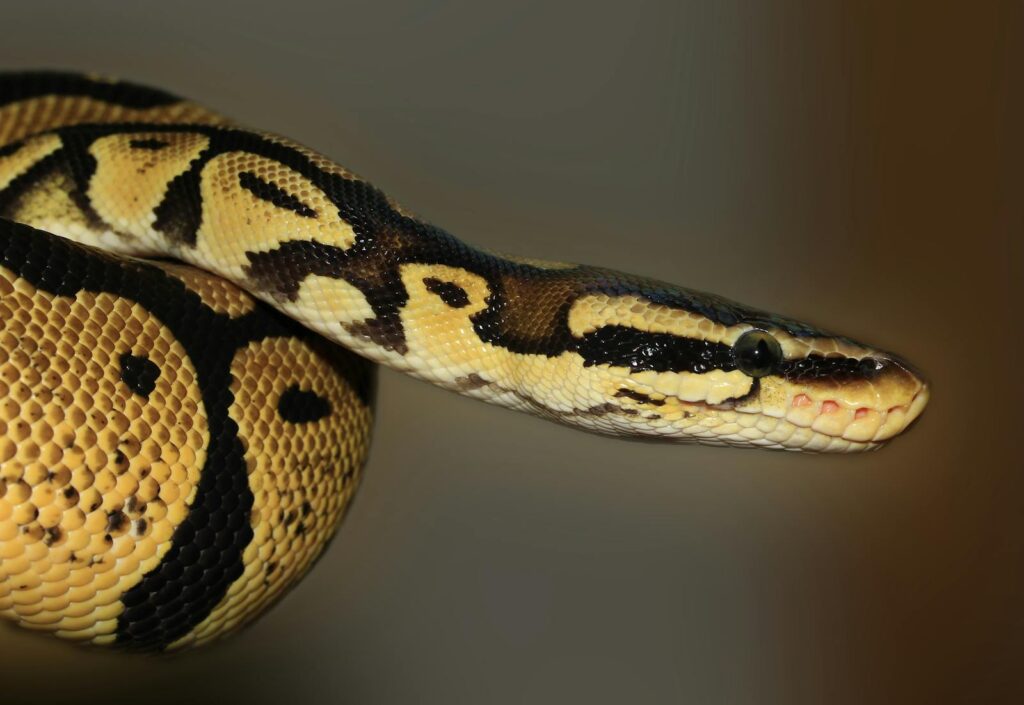
While general principles of reptile nutrition apply broadly, specific dietary recommendations vary dramatically between species. Bearded dragons require a shifting ratio of plant to animal matter as they mature, transitioning from primarily insectivorous juveniles to mostly herbivorous adults. Leopard geckos remain strictly insectivorous throughout their lives but benefit from a variety of feeder insects gut-loaded with nutritious foods. Russian tortoises thrive on high-fiber, low-protein diets rich in grasses, weeds, and certain leafy greens, with fruit strictly limited. Ball pythons typically eat exclusively rodent prey, with feeding frequency decreasing as they mature. Green iguanas require strictly herbivorous diets high in calcium and low in protein, with dark leafy greens forming the foundation. Always research the specific dietary requirements of your reptile species before acquisition, as these needs may be more complex than pet store recommendations suggest, potentially involving seasonal adjustments, life-stage variations, and specialized food items that may be challenging to source.
Conclusion: The Importance of Diet Diversity and Research

Providing proper nutrition for exotic reptiles requires ongoing education, dedication, and attention to detail. The single most important concept to embrace is that diet diversity within species-appropriate parameters generally leads to better outcomes than limited feeding regimens, even when supplements are used. What works for one reptile species may be harmful to another, making species-specific research essential before bringing any new reptile into your home. Consulting with reptile-experienced veterinarians, connecting with successful long-term keepers of your species, and staying current with evolving nutritional research can help ensure your scaly companion receives optimal nutrition throughout its life. Remember that proper diet forms just one component of comprehensive reptile care, working alongside appropriate temperature gradients, lighting, humidity, and enclosure design to create conditions in which your exotic pet can truly thrive, not merely survive.




